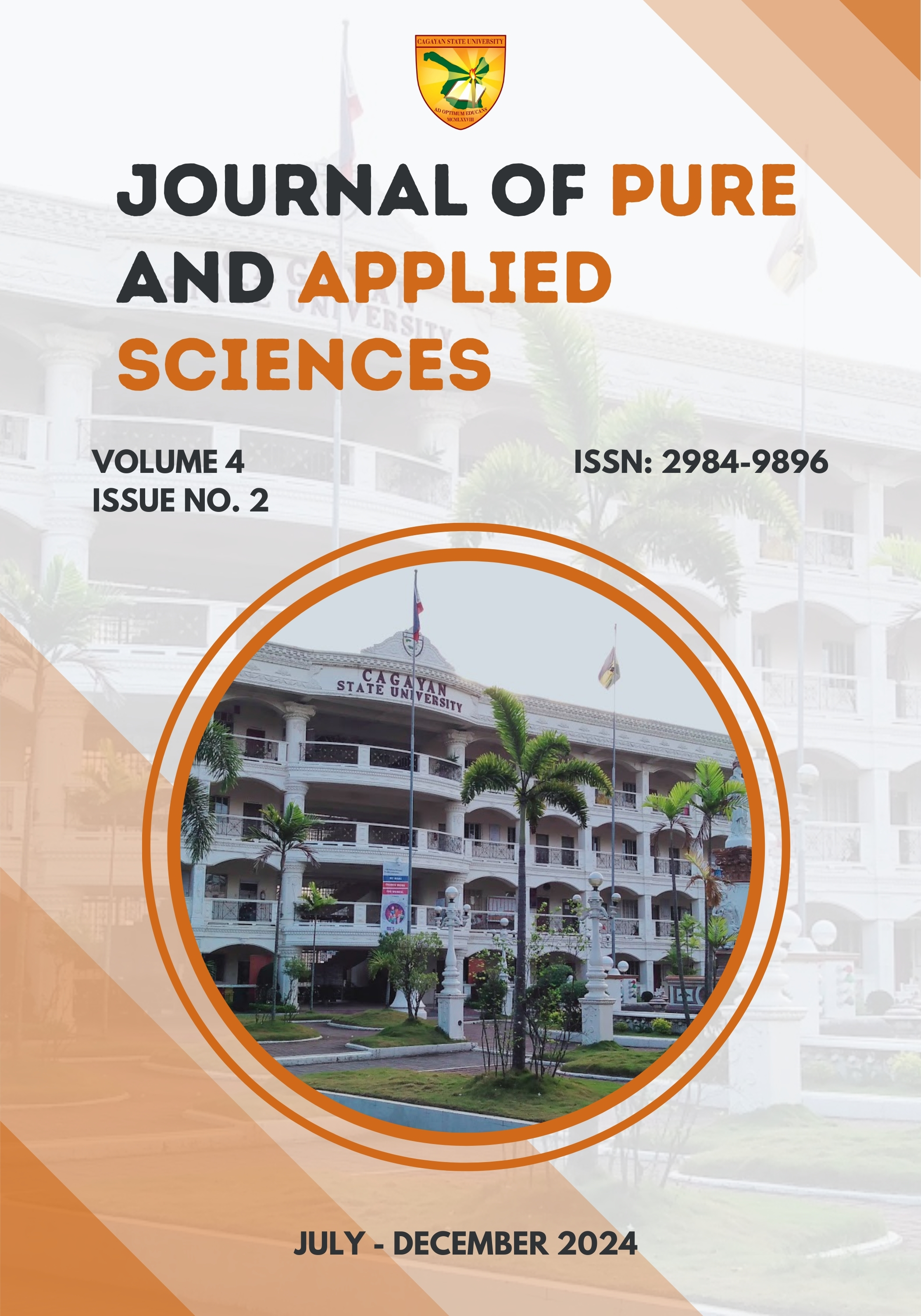Production And Evaluation of Carbonized Rice Straw and Corn Husk Briquettes as A Sustainable and Alternative Fuel for Cooking
Keywords:
Agricultural Residue, Rice Straw, Corn Husk, Treatments, Briquettes, ROIAbstract
This study focused on the production and evaluation of briquettes made from agricultural residue as a substitute fuel for cooking. Five different briquette samples were produced: 100 % rice straw, 100% corn husk, 25% rice straw and 75% corn husk, 50% rice straw and 50% corn husk, and 75% rice straw and 25% corn husk.
In pursuit of the objectives, an experimental design was employed and ANCOVA was used as the statistical tool to analyze data both from the water-boiling test, heat temperature measurement, and burning rate determination. Five households and five entrepreneurs using the traditional method of cooking were selected using a purposive sampling technique. Responses from participants were gathered using a questionnaire with a 5-point Likert scale. Additionally, ROI (Return on Investment) was calculated to determine the financial feasibility of the briquettes.
The study discovered that in the water-boiling test, treatment 2 (100% corn husk) significantly produced heat faster than the rest, taking only 462 seconds to boil 500 ml of water. Treatment 1 (100% rice straw) had the lowest burning rate, with an average rate of 0.021621025 grams/second or 0.12972615 grams/minute. However, it was found out that all treatments reached the same peak temperature, with an average temperature of 594.283 degree Celsius, which is highly acceptable for small business and home cooking use and expected to project 50% ROI.
The research concludes that the briquettes produced using the rice straw and corn husk biochar quickly generate significant heat, making them suitable for various cooking methods. The combustion temperature can reach up to 594 degrees Celsius, and these briquettes are more economical and efficient when agro-residues are used separately, highly acceptable for cooking regardless of mixture with 50% ROI.

